Throw-forward Thursday: Where will we be in 100 billion years?
We observe our Universe as it is today: 13.8 billion years old and full of galaxies. What would we see 100 billion years from now?
“It is always wise to look ahead, but difficult to look further than you can see.” –Winston Churchill
We’ve come a long way in this Universe, and we did it without lifting a finger. In fact, we needed to come this far in order for there to be such a thing as a finger to lift at all!
Over the past 13.8 billion years, we’ve formed the light elements out of a sea of ionized protons and neutrons, cooled and expanded to form neutral atoms for the first time, gravitationally contracted hydrogen and helium gas clouds to form the first stars, and borne witness to generations of stellar deaths and rebirths. Additionally, on the largest scales, the Universe has lived through the formation of hundreds of billions of galaxies and the clustering together of thousands or more galaxies into clusters, filaments, and superclusters.
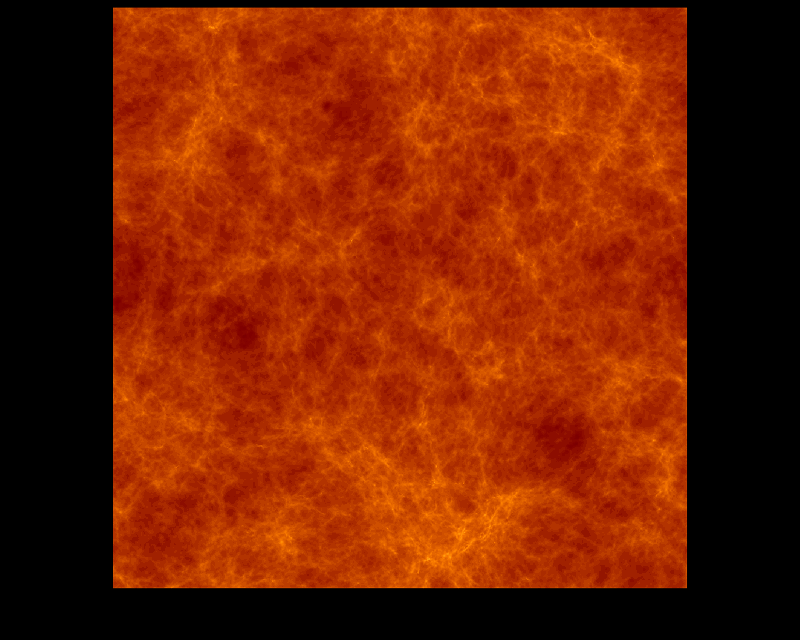
At the end of all this, at the present time, we find ourselves tucked away in a large but unremarkable spiral galaxy, the second largest one in our local group, more than 50 million light years from center of the nearest large cluster, in a Universe whose observable part is filled with over 100 billion large galaxies, ranging from just a few million to many tens of billions of light years away.
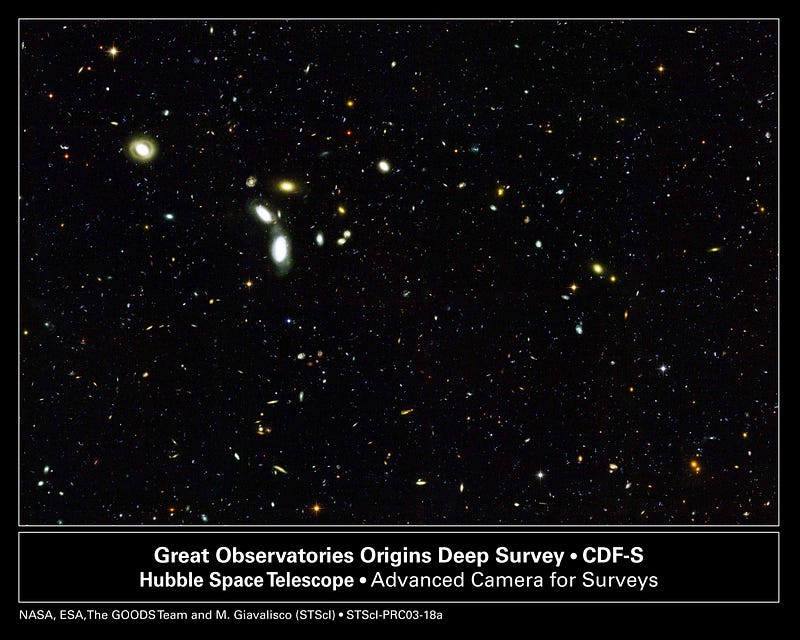
But although 13.8 billion years is a long time, we’re realistically still in the early stages of a Universe that’s going to be around for a very long time indeed. Thanks to our understanding of physics, astronomy, and the Universe as a whole, I’d like to leap 100 billion years into the future, when the Universe is many times its current age.
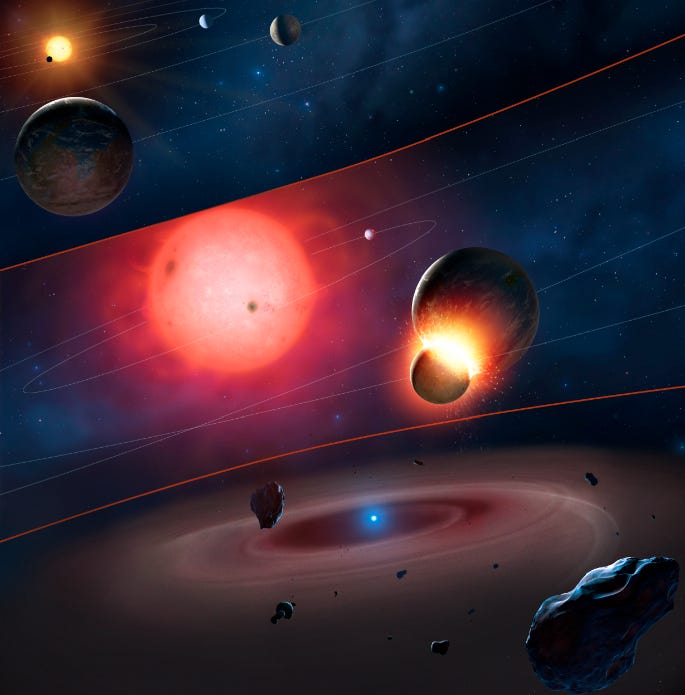
The Sun will be long gone, having burned out the very last of its core’s nuclear fuel some 93 billion years earlier. Its outer (mostly hydrogen) layers will be blown off in a short-lived planetary nebula, while the inner (carbon, oxygen and heavier) layers will contract down to form a white dwarf: a stellar remnant approximately the size of Earth but 100,000 times as massive and dense!
Although eventually this white dwarf will lose its heat and cool off, becoming a black dwarf, that will not have happened after only 100 billion years. Our Earth, unfortunately, will be just a barren, lifeless rock, if it survives our Sun’s death at all.

Our galaxy will also look very different. Rather than the great spiral structure it currently exhibits, with its disk and its spiral arms, its big sister Andromeda, and the many dwarf satellite galaxies populating our local group, the irresistible gravitational force will eventually — and catastrophically — bring us all together.
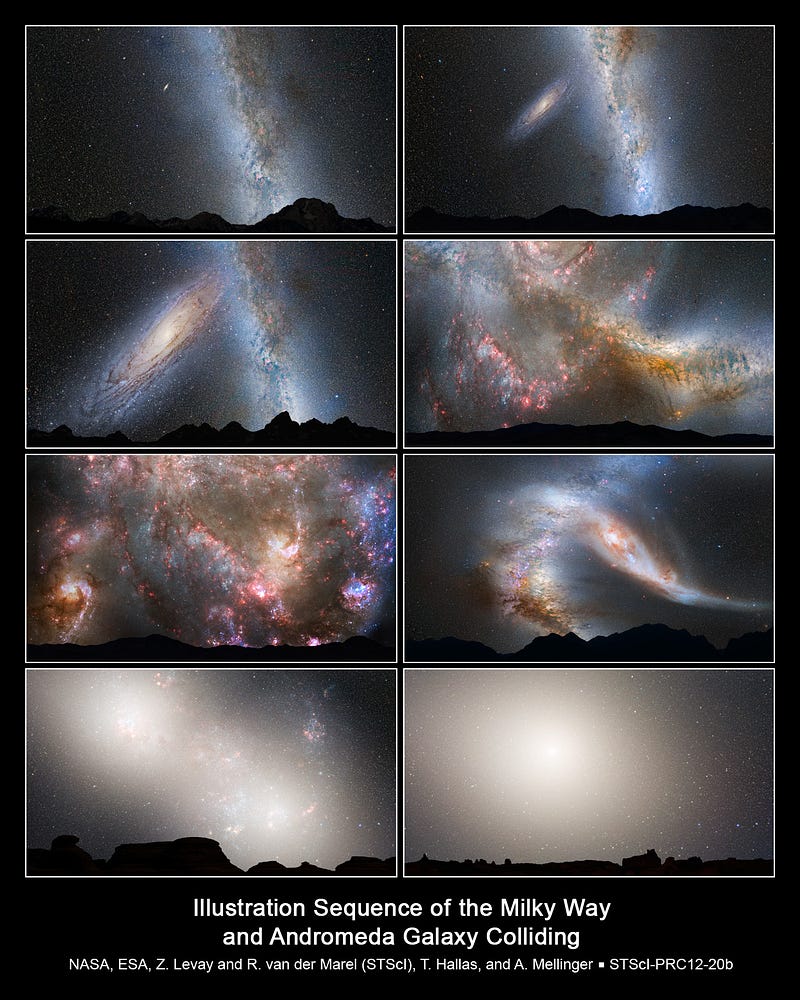
The first few billion years of the merger will cause intense star formation initially, turning both galaxies blue with hot, young stars. But those stars don’t live very long. After multiple new generation of stars are born, go supernova, die, and trigger the formation of still newer stars, we will be mostly devoid of unburned hydrogen gas. Certainly, the gas that is left will be forming new stars at a rate that’s far below the one at the present day: a fraction of a percent at most.
By time 100 billion years have passed, we will have settled down into a quiet, old elliptical galaxy, where star formation is very rare, and practically all the stars left in the night sky are very cool, red, low-mass dwarf stars.
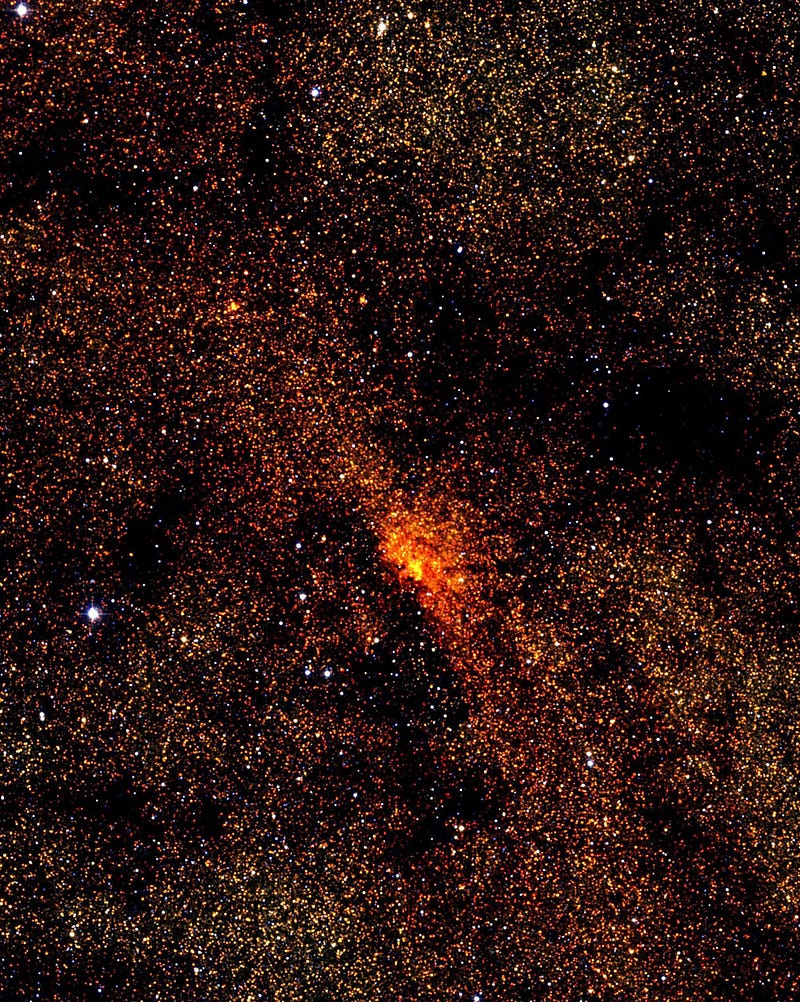
But even this is not terribly different from the sky we have today. Sure, the stellar population will be skewed to be lower in mass, the galaxy dominating the night sky will be more massive and shaped differently, and the vast majority of light we receive will be red and infrared light, rather than the ultraviolet-visible-infrared mix we see today.
Stellar corpses — white dwarfs, black holes and neutron stars — will be far more abundant in what our galaxy will become than they are in the Milky Way today, but all of these things still exist today.
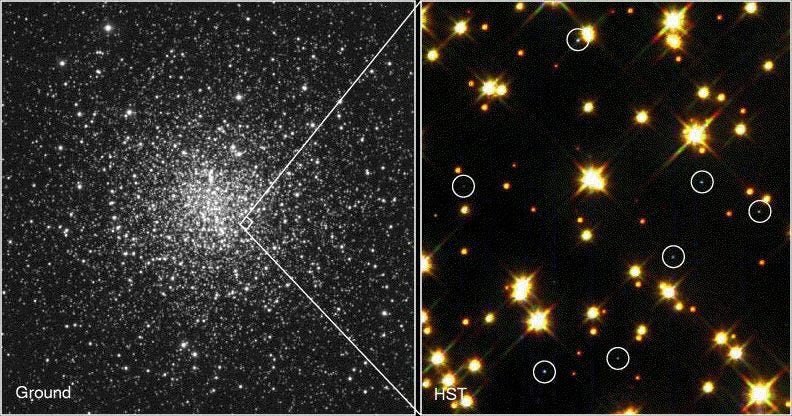
But something that exists in great abundance today won’t, at least, not in a form accessible to us, after 100 billion years go by. The big difference, at least to any observers in the Milky Way at that time, will come when they look out beyond our galaxy.

Instead of clusters and superclusters of galaxies, there will be… nothing. Dark energy will take care of that, driving all the other galaxies in the Universe, everything that isn’t bound to our local group, our beyond our visible horizon. Even the closest galaxies to us beyond the local group, like the Virgo Cluster, the Leo triplet, and even the extremely nearby M81 group will have redded out, and will leave no measurable signature behind.
If we were born on a habitable planet 100 billion years from now, we’d conclude we were the only galaxy in the Universe.

The way we discovered the fact that the cosmos was expanding — the first piece of evidence that led us down the path to uncovering the Big Bang origin of our present-day Universe — would be inaccessible to any observers 100 billion years from now. And it gets worse.
Even the leftover glow from the Big Bang would be undetectable! What appears now as a 2.725 Kelvin afterglow, with a relatively dense 411 photons-per-cubic centimeter, will look nothing like that 100 billion years from now.

100 billion years would shift the cosmic microwave background far into radio wavelengths, and dilute the density of photons so severely that it would take a radio telescope the size of Earth in order to observe it! The fluctuations would still be there, of the same few-parts-in-100,000 they exist in today, but for all practical purposes, it would be completely undetectable.
For reference as to what I mean by “practical,” this is the largest telescope in the world: the Arecibo radio telescope. It would take a telescope 40,000 times the diameter of this one to detect what will remain of the primeval fireball 100 billion years from now!
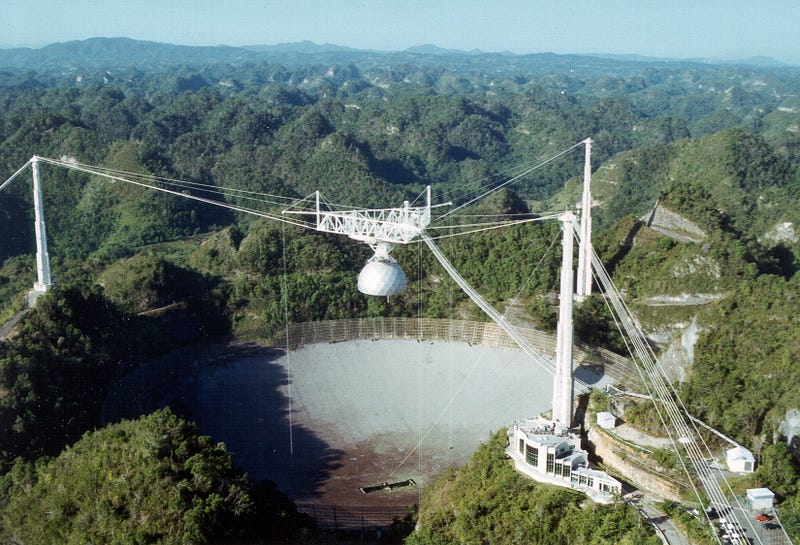
How fortunate we are to exist when the Universe is still young: when new, blue stars are abundant, when the sky is full of galaxies and clusters, when dark energy has only begun to take over the Universe’s energy content, and when the leftover glow from the Big Bang is still hanging around in microwave wavelengths with a photon density large enough that its signal can be picked up with a simple television antenna.
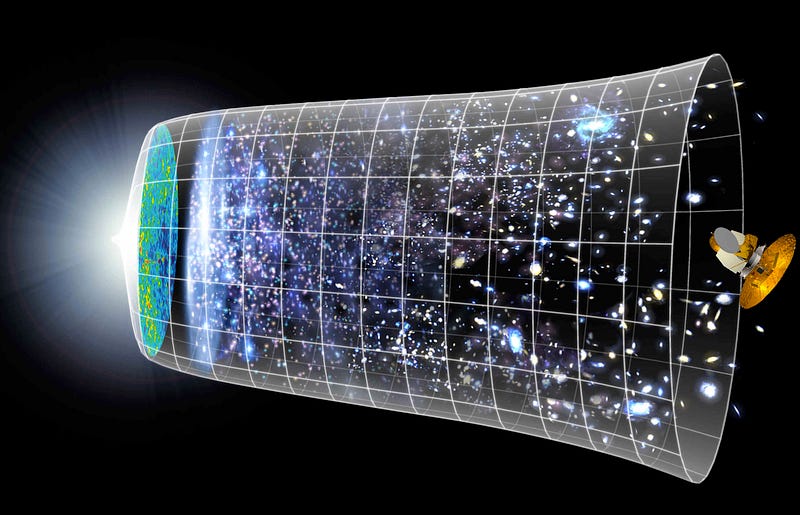
Only by chance did we arise here and now; a hundred billion years from now, many of our bodies’ atoms will be a part of different stars and solar systems, joined together in molecular structures with atoms that aren’t even a part of our galaxy today.

Our Sun will be long gone, having died like the nebula above more than 90 billion years in the past, but the matter and energy from our Solar System will continue throughout the Universe, perhaps even getting another chance at life in a new star system, on a new planet, billions of years from now. Although our cosmic story is finite thus far, it’s worth remembering that even now, even billions of years in to our Universe as-we-know-it, there’s a virtual (and possibly a literal) eternity still to come.
And that’s a glimpse into the future of each and every one of us; make sure you don’t miss out on today!
Leave your comments at the Starts With A Bang forum on Scienceblogs!





